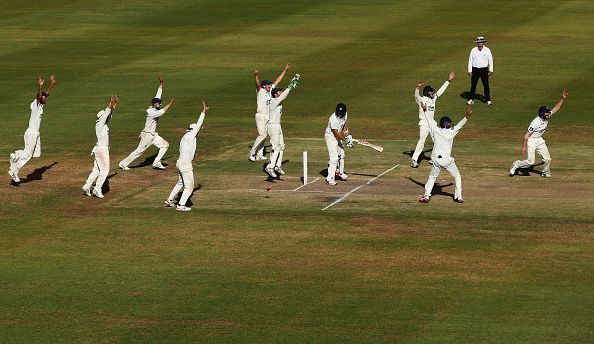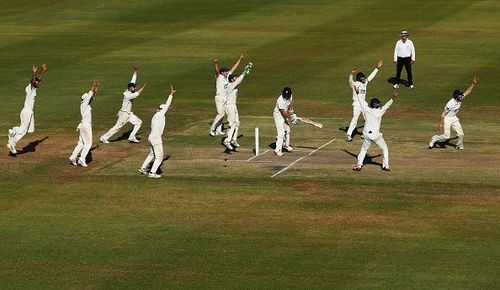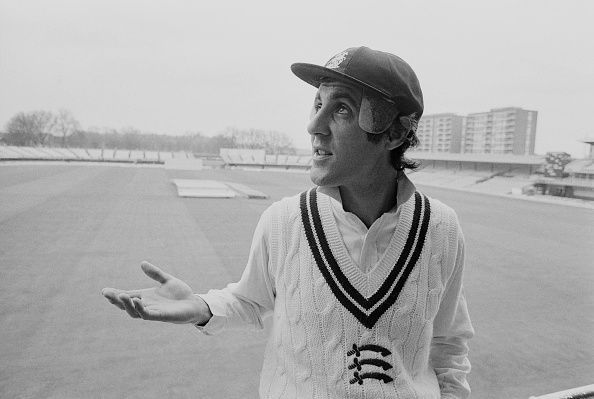
The incident that forced ICC to implement fielding restrictions

The game of cricket has changed drastically in the last three decades or so, all the three aspects of the game batting, bowling and fielding have gone through various changes and advancements.
The shorter versions of cricket have however gained massive popularity since the advent of ODIs in the early 1970s. As the game progressed, the rules were ought to be altered and revised in order to make the contest between the bat and the ball fair and equal.
The limited overs formats have been more batsmen friendly due to a variety of reasons, the fielding restrictions being one of the most important factors in this context. As per the current rules, only two fielders are allowed outside the 30-yard circle in the initial 10 overs of the innings, which gives the batsmen an extra advantage to score freely in this course of the game.
However, when the one-day format of the game was devised in the year 1971, there were no fielding restrictions which would be implemented during the match, a team could field with all the 10 fielders outside the 30-yard circle, which was highly unlikely though.
The rules demanded a change when the cricketing world witnessed a weird incident which gained slender praise and huge criticism for the English cricket team.
The strange incident took place during the second match of the Benson & Hedges World series in the year 1979, the triangular series featured the three superpowers of the cricketing world namely West Indies, Australia and England.
England suffered a defeat in the first game of the series against the host Australia and had to win the second game against the West Indies to stay alive in the series.

The West Indies skipper Clive Lloyd won the toss and elected to field first in the Day night game. The English openers stitched a beautiful partnership of 79 runs for the first wicket and gave a solid platform to the star-studded batting line-up to put up a decent total on the scoreboard. However, the phenomenal bowling efforts of Garner and Parry restricted the English side to a total of merely 211 in the allotted quota of 50 overs.
As a result of a rain-break in the game, West Indies were given a revised target of 199 runs in 47 overs. After a decent start, the Caribbean team lost quick wickets and the game shifted towards England. West Indies needed 10 runs to win the game in the last over which was to be bowled by the legendary all-rounder Sir Ian Botham.
The chasing team scored 7 runs off the first 5 balls of Botham's over and needed 3 more runs on the final ball to win the game.
The English skipper Mike Brearley sent all his fielders to guard the boundary including the wicket-keeper David Bairstow for the last ball. The tail-ender Colin Croft was left with no choice other than to clear the boundary, in the attempt to accomplish the same he was bowled by Botham.
This act by the English skipper gained immense criticism from every corner of the world and after this incident, the Australian domestic cricket introduced fielding restrictions in the limited overs format which was later adopted in the ODIs in 1992.